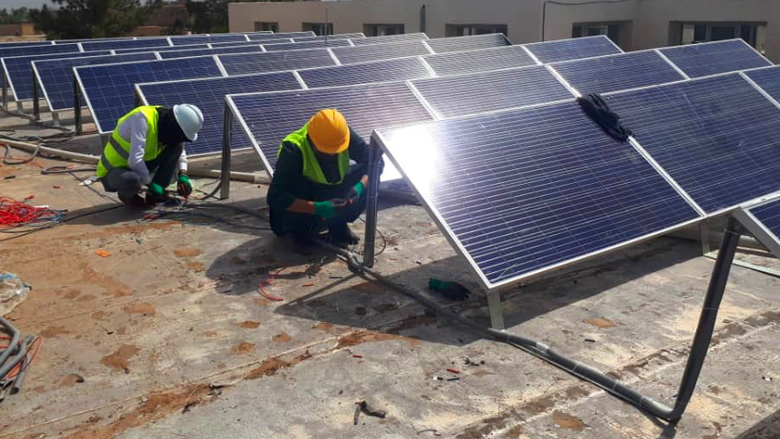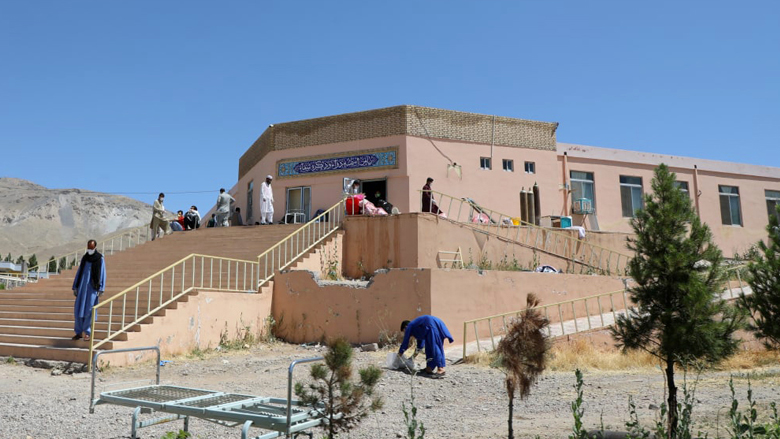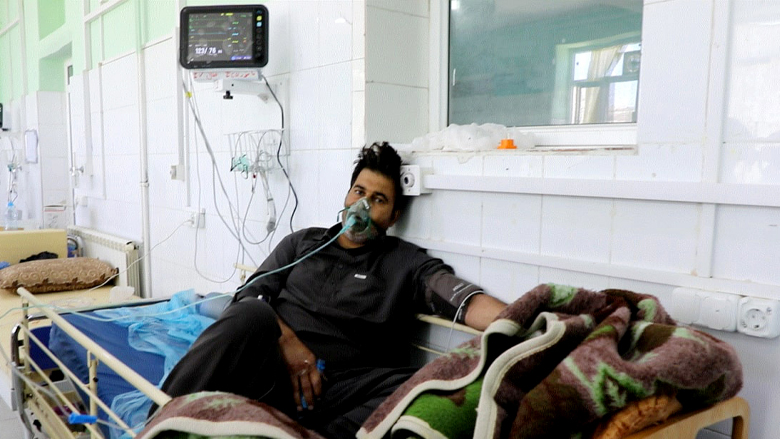-------------------------------------------------------------------------------------------------------------------------
Continued international aid, including through the Afghanistan Reconstruction Trust Fund (ARTF), is vital to create better lives for millions of Afghans and sustain development gains. The #ProtectTheGains series highlights ARTF projects that have made a real difference toward achieving a more prosperous, inclusive, and peaceful Afghanistan.
-------------------------------------------------------------------------------------------------------------------------
HERAT CITY, Herat Province—Since it recorded its first COVID-19 case in February 2020—and incidentally, the first case in Afghanistan—the Herat province has logged the country's second-highest number of confirmed cases, after Kabul.
The pandemic has overstretched Afghanistan's healthcare. In Herat, medical facilities have done their best to cope with the influx of patients. But .
Herat imports half of its electricity, mainly from its neighbors Iran and Turkmenistan. Power outages are common during the summer and winter months when power usage reaches its peak because of weather extremes.
"Power outages in Herat province have markedly increased over the past years," says Mohammad Rafiq Sherzai, 37, spokesman for Herat Department of Public Health.
Higher demand has outstripped supply over the past years. Afghanistan's national power utility Da Afghanistan Breshna Sherkat (DABS), is often unable to meet its customers' needs, especially during peak periods or when long transmission lines are interrupted.
When the pandemic hit the province, DABS installed solar panels in ten hospitals across Herat to supply emergency power. Financed by the Herat Electrification Project, the solar panels were set up in June 2020.
"We all know continuous and reliable electricity is a major need in our hospitals, and the solar power system installed in the ten hospitals in Herat will resolve many of our issues," Sherzai says. "It has created a good and effective working environment for doctors, and they will be able to use essential medical equipment for the treatment of COVID-19 with the help of continuous power."



